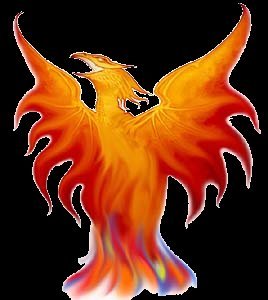|
|
|





John G. Burnett was a U.S. Army private during the winter of 1838-1839. A native of Tennessee, he spent many days in his youth hunting in the hills and forests of the Cherokee nation and came to know them well. He felt a deep attachment to the Cherokee, despite his eventual inductuion into the army and his participation in the removal of the Cherokee from their homeland. In 1890, nearly 50 years after the Cherokee had trekked from Georgia to Oklahoma, Burnett recorded his account of the "Trail of Tears".
"The removal of the Cherokee Indians from their lifelong homes in the year of 1838 found me a young man in the prime of life and a Private...in the American Army. Being acquainted with many of the Indians and able to fluently speak their language, I was sent as interpreter into the Smokey Mountain Country (where I) witnessed the execution of the most brutal order in the history of American warfare. I saw the helpless Cherokees arrested and dragged from their homes, and driven at the bayonet point into the stockades. And in the chill of a drizzling rain on an October morning I saw them loaded like cattle or sheep into six hundred and forty-five wagons and headed for the West...
The trail of the exiles was a trail of death. They had to sleep in the wagons and on the ground without fire. I have known as many as 22 of them to die in one night of pneumonia due to ill treatment, cold and exposure. Among this number was the beautiful Christian wife of Chief John Ross. This noble hearted woman died a martyr to childhood, giving her only blanket for the protection of a sick child. She rode thinly clad through a blinding sleet and snow storm, developed pneumonia and died in the still hours of a bleak winter night...
The long painful journey to the west ended March 26, 1839, with four thousand silent graves reaching from the foothills of the Smokey Mountains to what is known as the Indian Territory in the West. And the covetousness on the part of the white race was the cause of all that the Cherokees had to suffer."
Cherokee removal ranks as one of the greatest tragedies in American history. The Cherokees, more than any other native people, tried to comply with the United States "civilization" program. They had become literate, Christian farmers governed by republican laws. Yet in the end none of that mattered as much as the white's desire to clear the southeastern United States of Cherokees in order to make way for the territorial expansion of the United States.
These excerpts are taken from the book, "THE CHEROKEE", by Theda Perdue, from the "INDIANS OF NORTH AMERCA" series.
A less "romanticized" truth of what lead up to the "Trail of Tears" will be posted here soon!

MORE INFO ON THE CHEROKEE
Language
Iroquian, but Cherokee differs significantly from other Iroquian languages.
Sub-tribes
The Cherokee have been divided into three divisions depending on location and dialect (east to west):
Lower, Middle, and Over-the-Hill.
Other distinct bands were:
Atali, Chickamauga, Etali, Onnontiogg, and Qualia.
Three Cherokee groups are currently federally recognized:
Cherokee Nation of Oklahoma, United Keetoowah Band of Cherokee Indians (Oklahoma), and the Eastern
Band of Cherokee Indians (North Carolina). The Echota Cherokee are recognized only by the state of
Alabama.
Learn about the forgotten "Southern Cherokee Nation" here!
Southern Cherokee Districts are:
